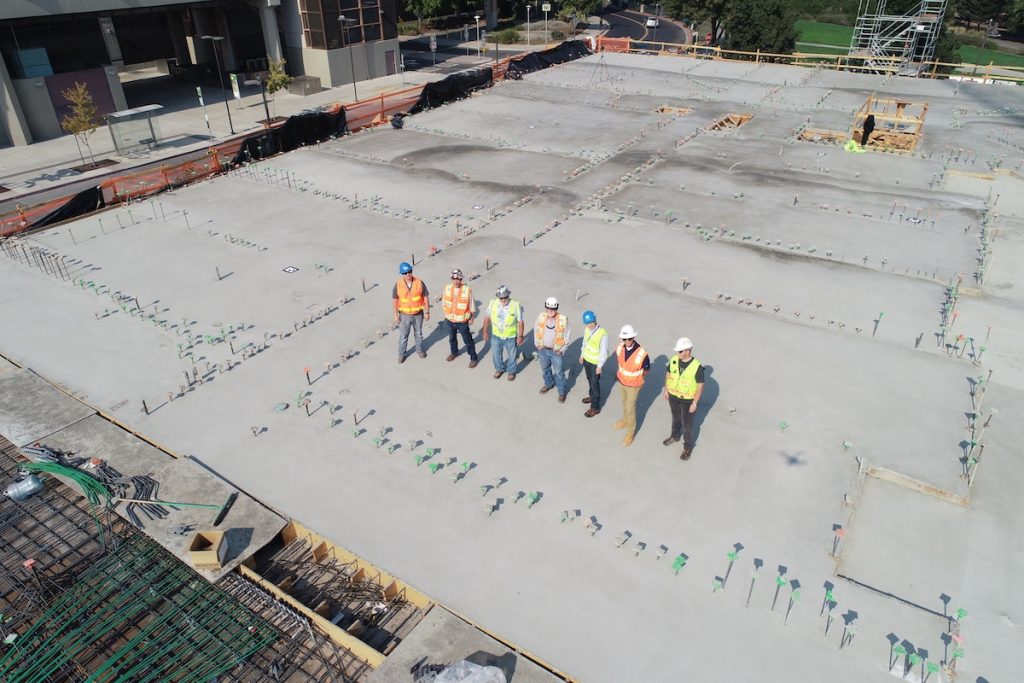
Building Information Modeling (BIM) can be an essential instrument in the hands of anybody who works in construction. There’s no doubt that the notion of collaborative working is becoming increasingly more popular over the years. That’s why it’s vital for many construction agents to be aware of the different BIM maturity levels. Before we proceed further with that, it would really be useful to attempt to specify what BIM actually means.
We have already stated that BIM stands for Building Information Modelling. Simply put, BIM describes a collaborative way of working, which relies on the generation and exchange of data and information between the various project parties. Based on this information, the full cycle of a building, from conception to completion, can be handled. In that sense, it’s an indispensable part of this decision-making process. BIM started gaining attention in the’90s, and it’s evolved remarkably during the last decades.
It’s clear, then, that BIM represents the opening of the construction business to interoperability. There’s no doubt that it’s a long and demanding way. But, significant steps have been made throughout the last decades, and the future of construction looks brighter daily.

